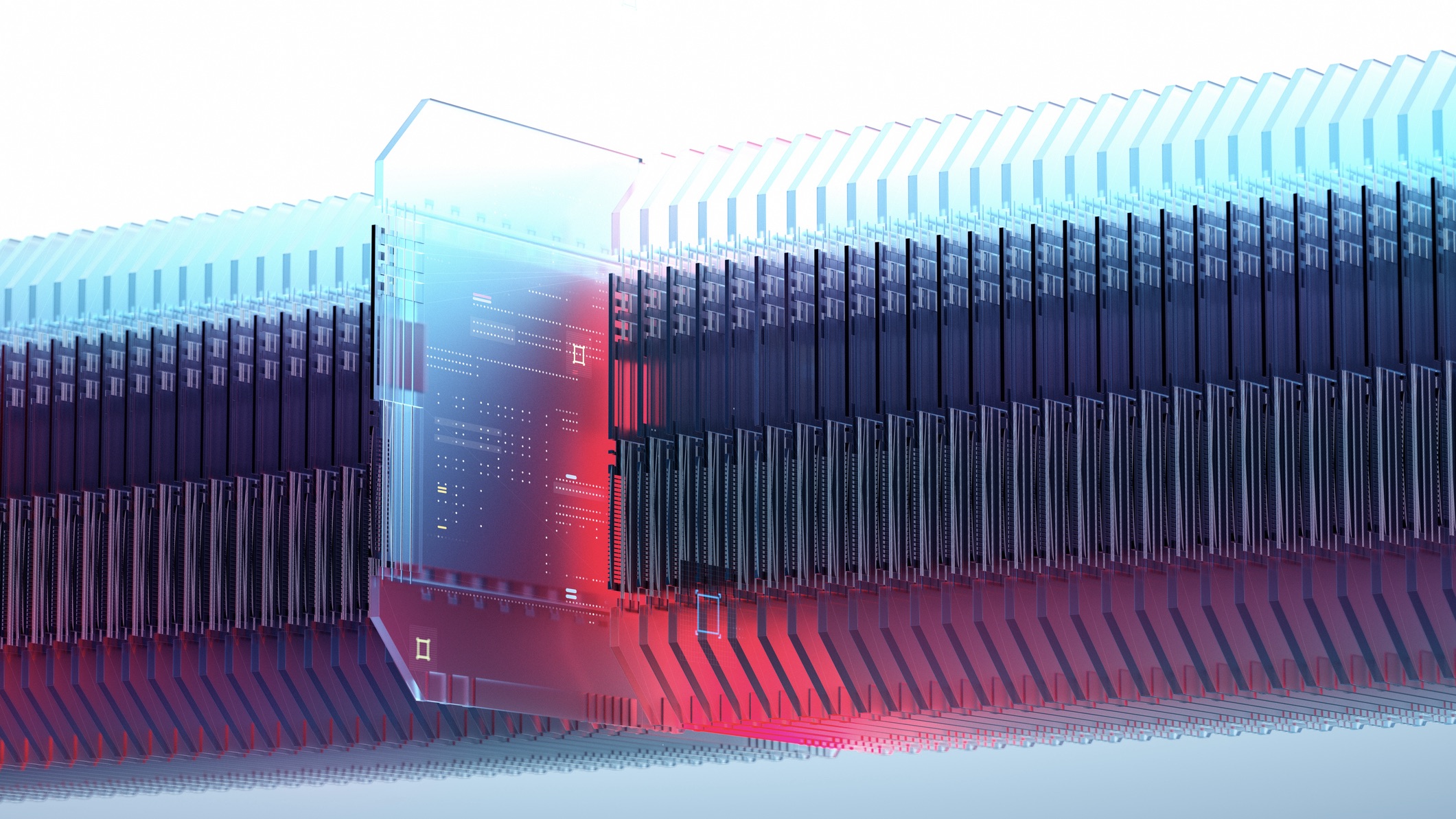Video of ceramic storage system prototype surfaces online — 10,000TB cartridges bombarded with laser rays could become mainstream by 2030, making slow hard drives and tapes obsolete
Ceramics-based storage medium consumes very little energy and lasts more than 5,000 years, creators say

Cerabyte has released a video showcasing the potential of its long-anticipated ceramics-based data storage system that promises to revolutionize how organizations store data on data centers in the future.
In contrast to data usually stored on the best hard drives and the best SSDs of today, Cerabyte wants to use ceramic material, combined with glass, to hold mountains of data. For instance, it wants to build palm-sized cartridges that can store 10,000TB of data.
It does this by arranging layers of a special type of ceramic into a surface that's 300 micrometers thick, on top of a glass base. Data can be written at GBps speeds, with TB/square-centimeter areal densities – much greater than the density of HDDs which only hit 0.02TB/square-centimeter right now.
Now, hot on the heels of key information that emerged last month, the firm has launched a demonstration of a fully operational prototype system.
How does Cerebyte's ceramics-based storage work?
This demo system comprises a single read-write rack for storage accessibility as well as several library racks. The firm used only commercial off-the-shelf equipment to build it.
Each cartridge comprises a data carrier that uses a layer of glass, similar to Gorilla Glass by Corning, with a thin, dark ceramic layer as the data storage medium. These cartridges are kept in a robotic library. When data needs to be written, the cartridge is moved from the library rack to the read-write rack. The cartridge is opened and out comes the data carrier, which is positioned on a stage.
Data is written by two million laser beamlets that punch QR code-like nano-scale patterns into the surface of the media. The laser pulse is sharpened by a digital micromirror device, and shaped by microscope optics onto the surface of the data carrier. This process imprints holes – or no holes – onto the surface layer, which represents binary information.
Are you a pro? Subscribe to our newsletter
Sign up to the TechRadar Pro newsletter to get all the top news, opinion, features and guidance your business needs to succeed!
These patterns are written on the forward movement and then verified in a backward motion when it returns to its original position by the microscopic camera. When fully written, the data carrier is inserted back into the cartridge and transferred back to the library.
Reading is similar, but this time only the microscope camera is engaged to read the QR code-like patterns on the storage medium, with data read in both directions.
This first demonstration unit doesn't compete with the very best data storage units out there, but the company plans to scale up its ceramics-based data storage system.
The firm claims it's cost-effective, fast, and scalable technology for future data storage because no energy is consumed to store data and it can last more than 5,000 years due to the fact it's made from ceramic. The best hard drives and best SSDs, by contrast, need to be replaced every few years.
More from TechRadar Pro
- Western Digital finally unveils 28TB HDD as race for 30TB reaches boiling point
- These are the fastest hard drives out there
- Take a look at the largest SSDs and hard drives

Keumars Afifi-Sabet is the Technology Editor for Live Science. He has written for a variety of publications including ITPro, The Week Digital and ComputerActive. He has worked as a technology journalist for more than five years, having previously held the role of features editor with ITPro. In his previous role, he oversaw the commissioning and publishing of long form in areas including AI, cyber security, cloud computing and digital transformation.